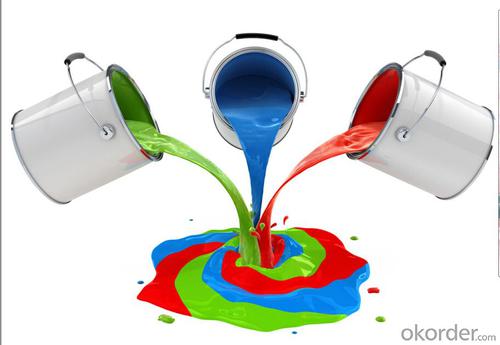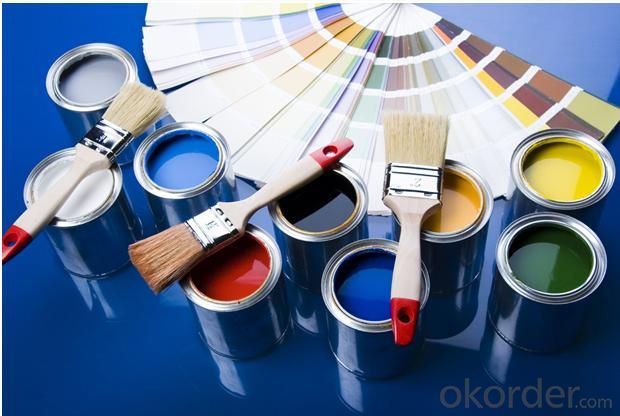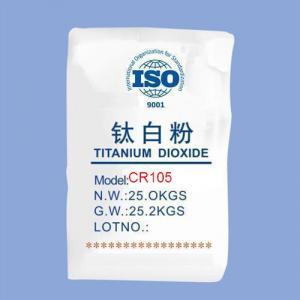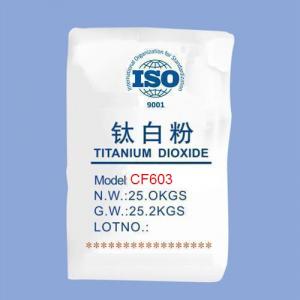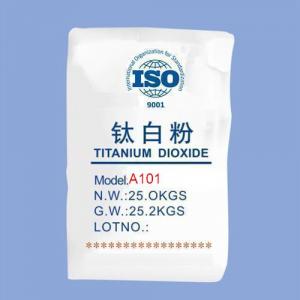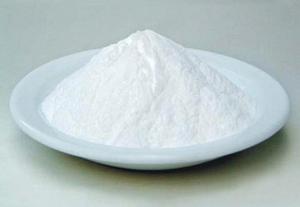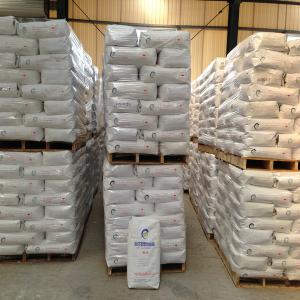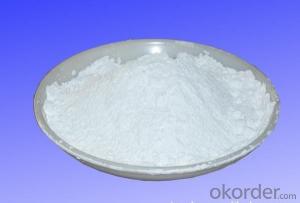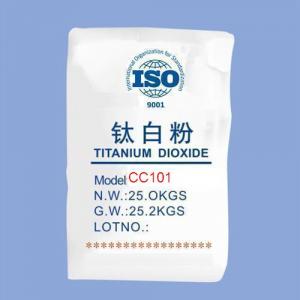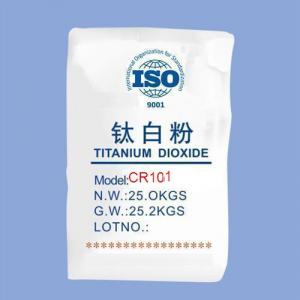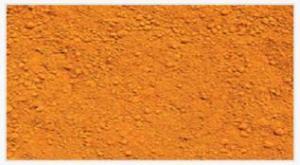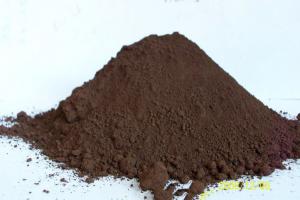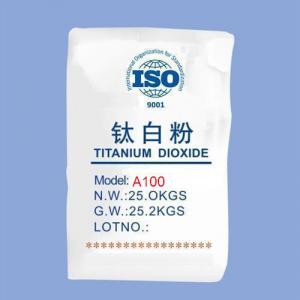Bule color paints
- Loading Port:
- China Main Port
- Payment Terms:
- TT OR LC
- Min Order Qty:
- -
- Supply Capability:
- -
OKorder Service Pledge
Quality Product, Order Online Tracking, Timely Delivery
OKorder Financial Service
Credit Rating, Credit Services, Credit Purchasing
You Might Also Like
TECHNICALDATA | ||||||||||||||||||||||||||||||||||||||||||
| ||||||||||||||||||||||||||||||||||||||||||
- Q: Is the polymer battery durable? With lithium battery what is the difference
- Lithium polymer battery (Li-polymer, also known as polymer lithium battery): it is also a lithium-ion battery, but compared with the liquid lithium battery (Li-ion) with high energy density, more compact, ultra-thin , Lightweight, and high security and other obvious advantages, is a new type of battery.
- Q: A KG latex paint can generally brush the number of areas of the wall, the ground, the top.
- 18L barrel coating weight of about 20KG, the theory can brush 50-60 square meters, the actual brushing 80-90 square meters or so.
- Q: What is the coating voc, what harm
- In theory, the powder coating is different from the traditional solvent-based coatings, water-based paint, latex paint. The core of the powder dispersion technology and technology, eliminating the need for traditional paint preparation process to get high-performance paint must be added to a variety of chemical organic wetting, dispersion, leveling, film, stabilization, storage and other liquid additives. The vast majority of these liquid auxiliaries are harmful to humans. So theoretically the powder coating should be zero VOC paint. I hope this answer is helpful to you
- Q: How to use water and paint to do the texture effect? Is the kind of painting on paper Oh
- What is the texture effect?
- Q: What substance can be pvc PVC stained
- Industrial dyeing is generally used in color masterbatch.
- Q: Latex paint just brush up for 2 weeks
- From the taste of words, oily any paint has a pungent taste and water-based are the net taste
- Q: Top 10 brands of paint which specific
- Poor ship and industrial anti-corrosion coatings are short of it?
- Q: What are the pigments on the gourd?
- Painting with a traditional Chinese painting, drawing a good dry, to the entire gourd on a layer of transparent paint (with polyester paint or varnish can be), paint and then coated with a layer, so that will not bleach.
- Q: I'm looking to paint the mid-sole on some Jordans, and I can't find Angelus paint at the stores, so are there any alternatives??
- Angelus paint is just acrylic paint. You can go to a craft store near you and buy small jars of artist's acrylic paint. And use them, they come in hundreds of different colors and are probably much cheaper in price. Angelus calls it leather paint, but all they are, are regular acrylic paints.
- Q: I painted my room over winter break a few months ago, and if I ever get my nail against it or touch anything to it, the paint chips right off. The paint looks normal on my wall, but it just basically falls right off if I nick it. I got Sherwin Williams paint.Does anyone know why this is happening?
- Your paint didn't stick and there can be several reasons. . .Did you paint the same type of paint. If you put latex paint over oil paint, it will not stick. When you painted, were the walls clean? And I have flat paint in my bedroom and that is the worst. Looks so good but it does come off easily and it can't be washed. I'm going to solve that when I paint next time and I'm going to use a latex paint with a satin finish. I don't know what you painted over. Some things need to be sealed. . .like concrete block. . .or the moisture comes through and the paint bubbles off. You might do well to have a talk with SW. They usually have pretty good advice but expensive paint.
Send your message to us
Bule color paints
- Loading Port:
- China Main Port
- Payment Terms:
- TT OR LC
- Min Order Qty:
- -
- Supply Capability:
- -
OKorder Service Pledge
Quality Product, Order Online Tracking, Timely Delivery
OKorder Financial Service
Credit Rating, Credit Services, Credit Purchasing
Similar products
Hot products
Hot Searches
Related keywords



